
A big thanks to the Department of Science and Technology’s Philippine Council for Industry, Energy and Emerging Technology Research and Development for their generous support and funding towards the reformulation of MAGWAI’s Sheer Mineral Sunscreen.
DEEP DIVE INTO
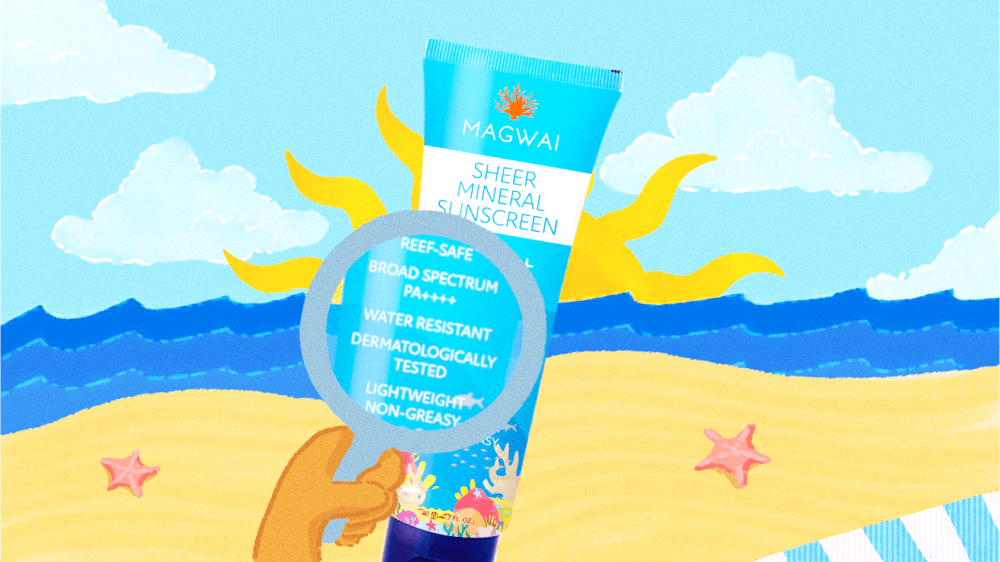
Don’t think that you should easily trust our claims? We totally agree! Our commitment goes beyond sustainability — we also care about providing the best quality products and empowering our consumers to make informed purchasing decisions. That’s why you deserve to know what exactly you’re putting on your skin and what you’re doing for the ocean whenever you choose MAGWAI.
This article is loaded with lots of science, but don’t be intimidated by the long paragraphs! We’ve taken our time to translate all of it to make it easy for you to understand. Read about all the scientific tests our sunscreen has undergone and the certifications we’ve obtained from local and international organizations.

The UP Marine Science Institute is one of the most reputable academic research centers in the Philippines. It has been conducting research in fields such as marine biology, marine chemistry, oceanography, and marine geology since 1975.
To test the safety of the MAGWAI sunscreen on corals, we submitted to UP MSI samples of our Mineral Sheer Sunscreen. These were tested at different concentrations on both coral larvae and adult corals.
For Coral Larvae: The sunscreen is reef-safe if the coral larvae can still develop into living, juvenile corals. This means our sunscreen would not harm their growth under normal conditions. It was found that the MAGWAI sunscreen had no significant harmful effects on their growth and survival, which means it is non-toxic or safe for coral larvae.
For Adult Corals: Researchers examined whether the adult corals remained unbleached even after prolonged exposure to our sunscreen. Corals also typically house zooxanthellae, which are algae that thrive with them symbiotically. Sunscreen reef safety was tested by checking if their populations stayed abundant.
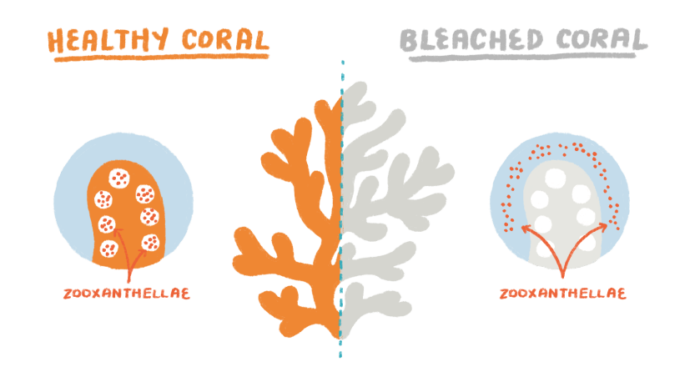
Under normal conditions, MAGWAI’s sunscreen does not bleach adult corals. Only when it was submerged for 8 hours in a concentration as high as 100 mg/L (100mg of sunscreen per liter of water in the tank) did bleaching happen. This is an extremely high concentration that does not happen in ocean systems. Let’s compare this with oxybenzone, which is a known reef-toxic ingredient found in many sunscreens: this only took a 0.34mg/L concentration, within a 4-hour time frame, to kill zooxanthellae in 7 different coral species. Yikes!
Have you ever tried a new skincare product that broke you out, irritated your skin, or caused an allergic reaction? It would be terrible that our sunscreen protects oceans, but is unpleasant to wear. Aside from reef safety, we also had additional tests to ensure its safety for your skin.
by SolarTest Asia, Bangkok, Thailand
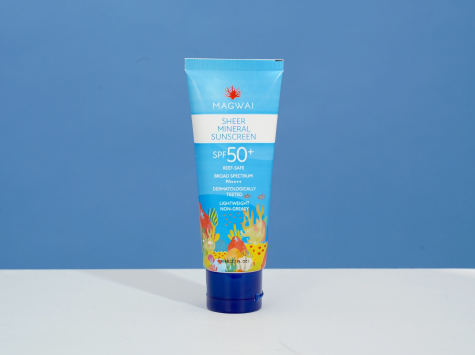
Our skin is affected by two types of UV rays from the sun: UVA and UVB. When looking at a sunscreen’s packaging, the labels “SPF” and “PA+” might be familiar to you. SPF measures a sunscreen’s protection against UVB rays, while PA+ ratings indicate protection against UVA rays. Because these two spectrums can both do their damage on our skin, it is standard to test for both of them to ensure maximum sun protection.
Based on ISO 24442 (2022), UVA protection factor is tested by using a machine that projects UVA electromagnetic radiation to cause tanning on the skin (Eurofins, 2017a). By measuring how much radiation is required to tan both skin areas with and without sunscreen protection, the PA+ rating is calculated.
The SPF test, or ISO 24444 (2019), is very similar to the UVA test. This time, the skin is exposed to all UV wavelengths to simulate natural sunlight (Eurofins, 2017b).
The MAGWAI Sunscreen is rated at SPF50+ and PA++++, which means that you are getting more than enough UVB protection and the highest UVA protection possible!
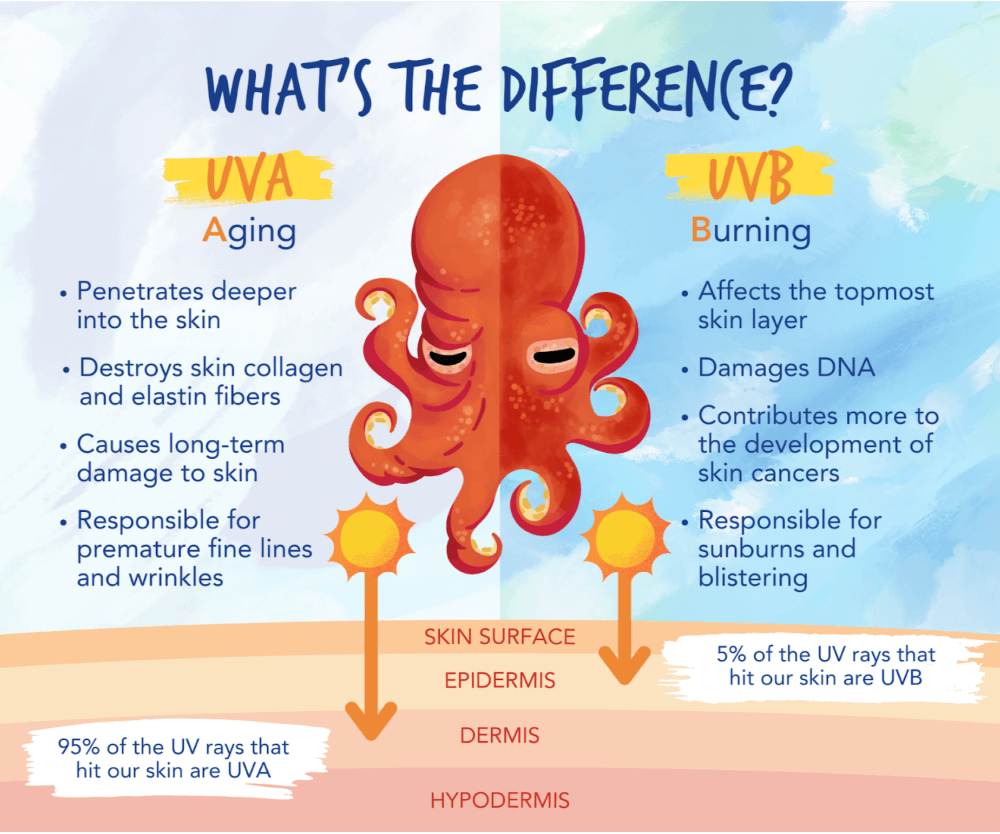
Ever heard of the saying that light skin burns, while darker skin tans? While it’s still good for all skin tones to wear sunscreen every day, Filipino skin doesn’t need overly high SPF to be adequately sun-protected. Here’s why SPF 50 is all you need:
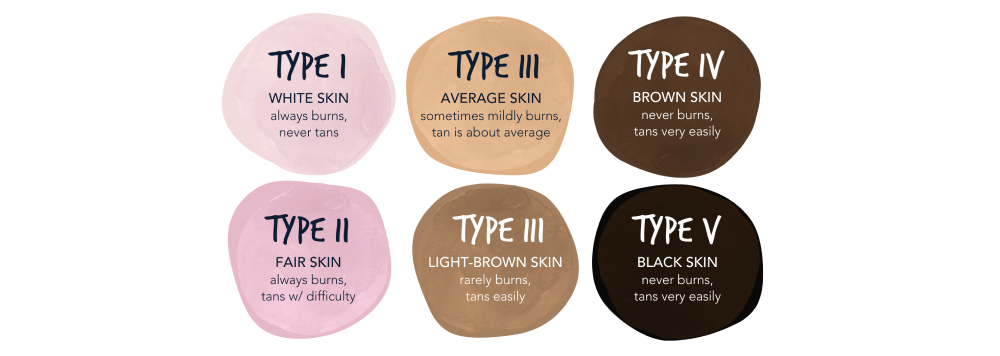
Our skin tones are classified by the Fitzpatrick Classification System (Ward et al., 2017). Filipinos typically fall under skin types III to V, which puts them at lower risk of sunburn.
Dermatologists also tend to recommend sunscreens with lower SPF to their darker-skinned patients. Most of them who had white or fair skin were recommended sunscreens at around SPF 45, while patients with skin of color were advised to use sunscreens valued at around SPF 30 (Song et al., 2021).
More importantly, a higher SPF doesn’t always guarantee a more effective sunscreen. According to EWG (n.d.):
The difference between SPF 30 and SPF 50 isn’t much. We naturally like having the best possible protection, which is why seek out sunscreens that start at SPF 50. But it is a myth that SPF 50, for example, offers twice as much protection as SPF 25. In reality, SPF 50 — when applied correctly — blocks 98% of UVB rays, while SPF 100 would block 99% (EWG, n.d.). A sunscreen with an SPF of anywhere between 30 and 50 is already enough protection, especially for morenas who have tanner skin.
Higher SPF can inadvertently make you even more exposed to sunscreen. We look for sunscreens with the highest SPF because it assures us that we are given the best protection. Many people, though, might be dragged into a false sense of security, and believe that since the SPF value of their sunscreen is high, then they don’t need to apply as much product as they would with an SPF-15 sunscreen. This is certainly not true — higher SPFs will not work better unless we also apply them generously.
Higher SPF might have more health risks. To achieve a very high SPF, manufacturers would need much higher concentrations of active ingredients. According to (EWG, n.d.), some ingredients will become too strong that they penetrate below the skin. This is dangerous because some of these ingredients can potentially cause tissue damage, hormone disruption, and/or allergic reactions.
The next time you shop for a new sunscreen, just remember that SPF 30, let alone SPF 50, is more than enough to protect you from sun damage. And most importantly — don’t only just look for the highest SPF — make sure that it provides you with equal broad spectrum protection against both UVA and UVB rays.
by Dra. Nenita Alberto, Manila, Philippines
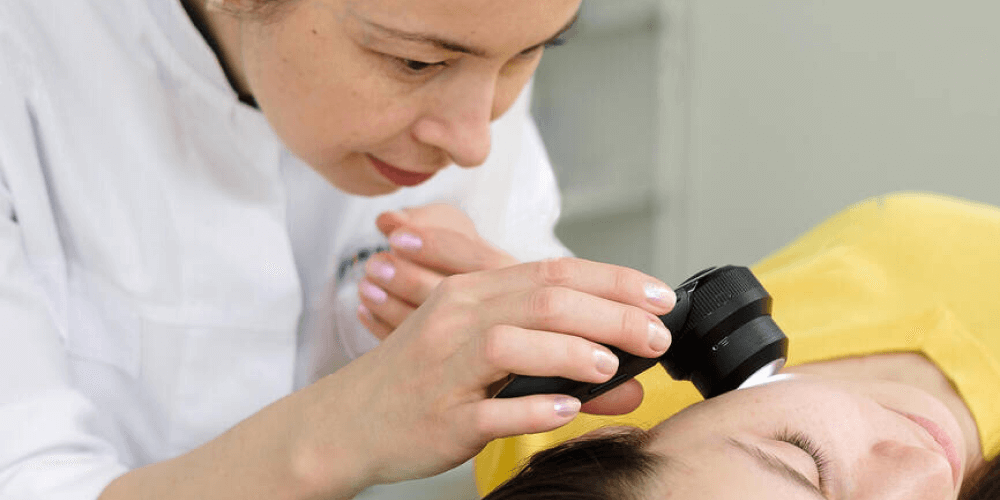
This was done according to the standard non-comedogenic test, where an examiner counts the number of comedones and blackheads on the forehead, cheeks, and chin before and after one month of sunscreen usage (Evalulab, n.d.). All of this is done under the supervision of a certified dermatologist. If these blemishes don’t worsen afterward, then the sunscreen will not clog your pores.
Our formulation passed the test as non-comedogenic. Throughout the process, only 1 out of 30 test subjects experienced breakouts, which, according to Dra. Alberto, may have also been affected by hormones, as the subject was on her period at the time.
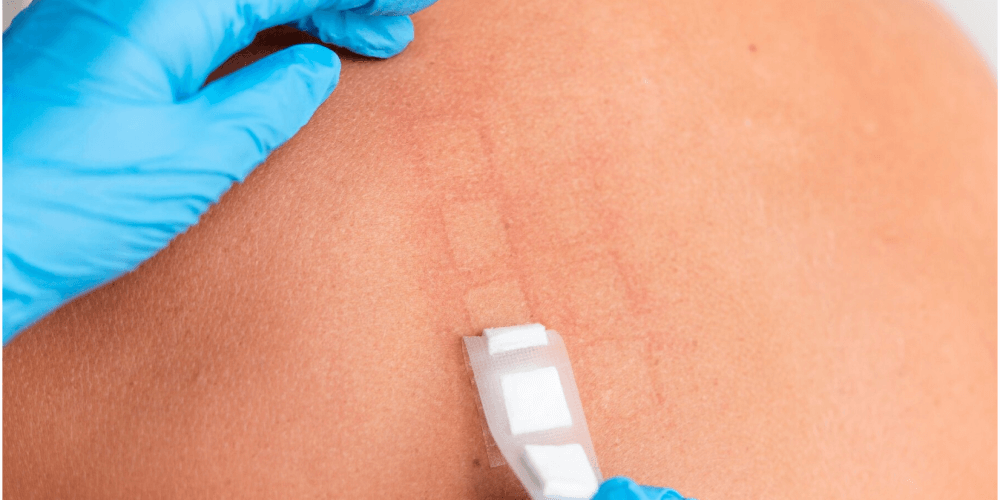
For both tests, the sunscreen was repeat-insult patch tested on human skin. This means that a sample of the formulation was applied on a specific patch of skin on the back, which is then sealed by a semi-occlusive patch. The sunscreen is patch-tested this way to encourage maximum absorption to cause a reaction (QV Skincare, 2023). This way, if the skin experiences no reaction, then we are assured that the formulation is safe when people apply the product on themselves normally.
The MAGWAI sunscreen passed this test as it was found that none of the test subjects experienced any reaction.
The consumer usage test evaluates the level of white cast that the sunscreen produces. A select group of people were asked to use the old MAGWAI Reef-Safe Sunscreen and the new Sheer Mineral Sunscreen for 1 week, after which they rated how severe the white cast level was for each.
Based on their responses, the users clearly prefer the reformulated Sheer Mineral Sunscreen.
Along with our goal of empowering consumer awareness is a commitment to transparency. Here is a compiled summary of certifications that the Sheer Mineral Sunscreen has acquired.

Eurofins. (2017a). ISO 24442 In vivo UVAPF testing. https://cdnmedia.eurofins.com/apac/media/601372/iso-24442-in-vivo-uvapf.pdf
Eurofins. (2017b). SPF ISO 24444 Protocol Testing. https://cdnmedia.eurofins.com/apac/media/601367/spf-iso-protocol.pdf
Evalulab. (n.d.). Non-comedogenic test. https://www.evalulab.com/en/safety-studies/non-comedogenic/
EWG. (2020). 5 Sunscreen myths debunked. https://www.ewg.org/news-insights/news/5-sunscreen-myths-debunked
EWG (n.d.). The trouble with SPF. https://www.ewg.org/sunscreen/report/whats-wrong-with-high-spf/
International Organization for Standardization. (2019). Cosmetics — Sun protection test methods — In vivo determination of the sun protection factor (SPF). (ISO Standard No. 24444). https://www.iso.org/obp/ui/#iso:std:iso:24444:ed-2:v1:en
International Organization for Standardization. (2022). Cosmetics — Sun protection test methods — In vivo determination of sunscreen UVA protection. (ISO Standard No. 24442). https://www.iso.org/obp/ui/en/#iso:std:iso:24442:ed-2:v1:en
QV Skincare. (2023). What does dermatologically tested & hypoallergenic mean? https://www.qvskincare.com.au/articles/ingredient-spotlight/dermatologically-tested-and-hypoallergenic.html#:~:text=Dermatologically%20tested%20%7C%20Hypoallergenic%20%7C%20Patch%20testing,harm%20or%20irritate%20our%20skin.
Song, H. et al. (2021). Sunscreen recommendations for patients with skin of color in the popular press and in the dermatology clinic. International Journal of Women’s Dermatology, 7(2), 165–170. https://www.ncbi.nlm.nih.gov/pmc/articles/PMC8072489/
Ward, W. H. et al. (2017). Fitzpatrick classification of skin types I through VI. Cutaneous Melanoma: Etiology and Therapy [Internet]. Brisbane (AU): Codon Publications. https://www.ncbi.nlm.nih.gov/books/NBK481857/table/chapter6.t1/

A big thanks to the Department of Science and Technology’s Philippine Council for Industry, Energy and Emerging Technology Research and Development for their generous support and funding towards the reformulation of MAGWAI’s Sheer Mineral Sunscreen.
You will be one of the first to know about the lastest news and promos from MAGWAI.
CONTACT US
We'd love to hear from you! Send us an email at hello@magwai.com.ph or fill out the form below. For any questions, feel free to contact/Viber/Whatsapp us at +639260721527.
[wpforms id="1326"]

